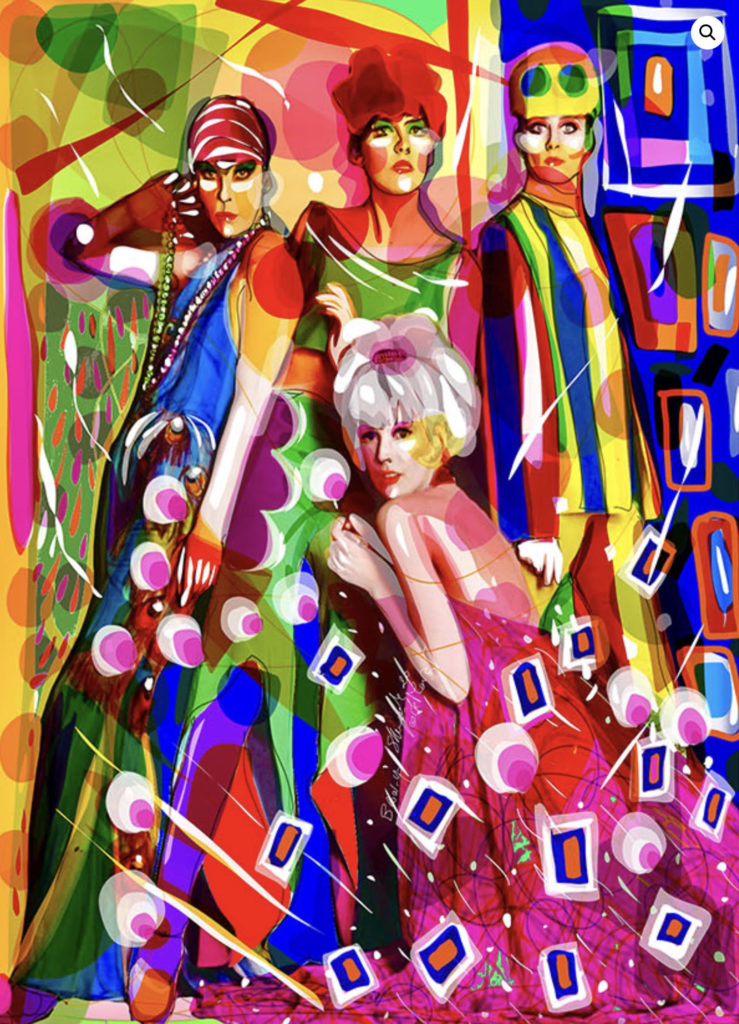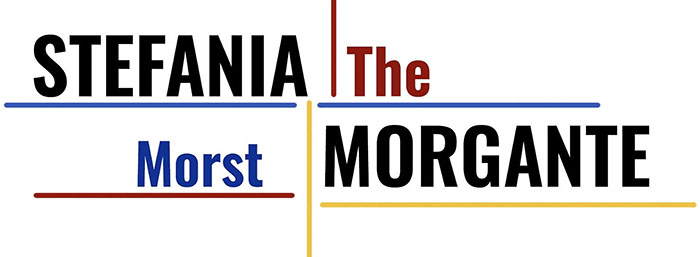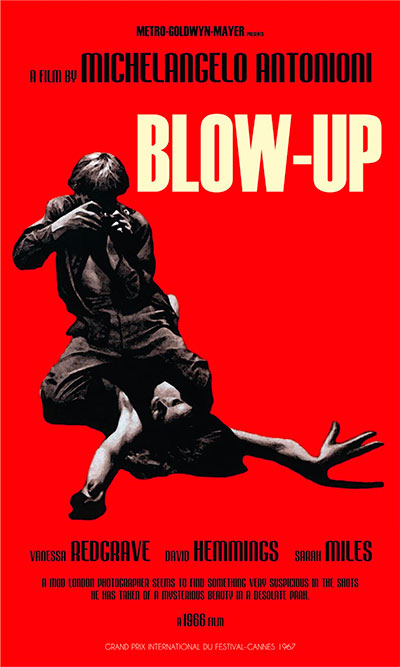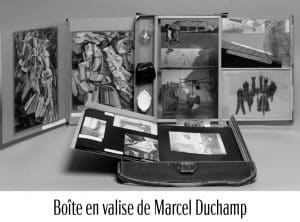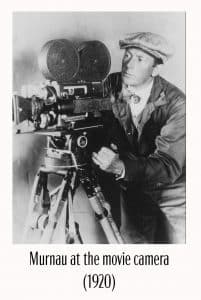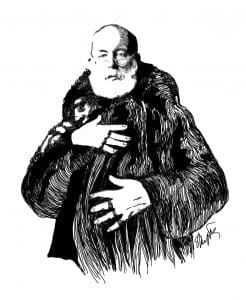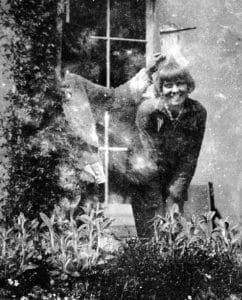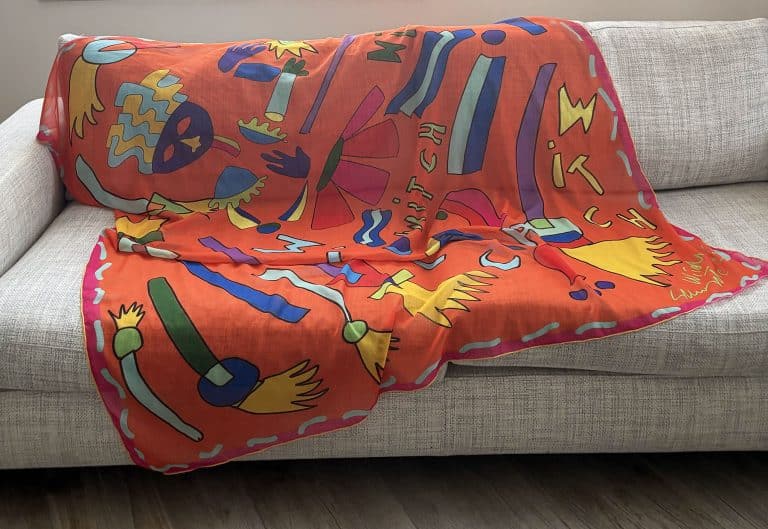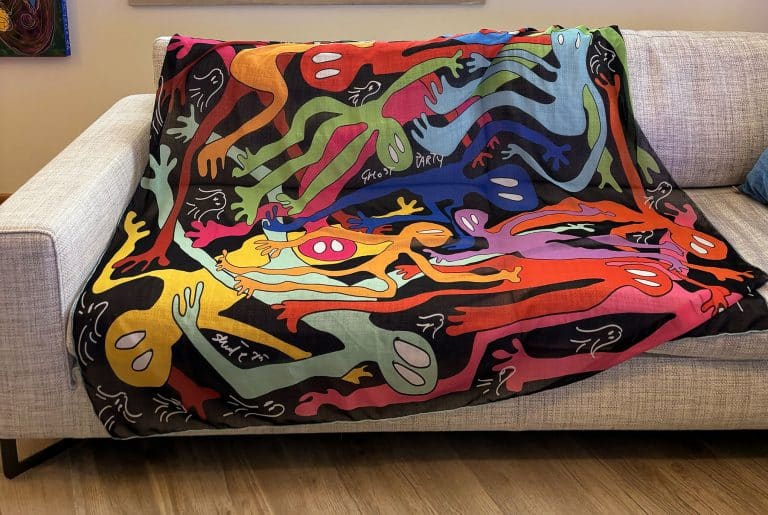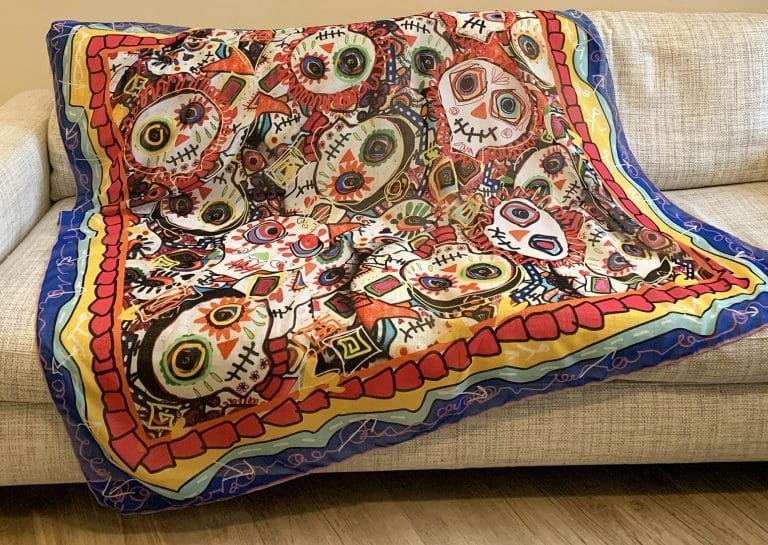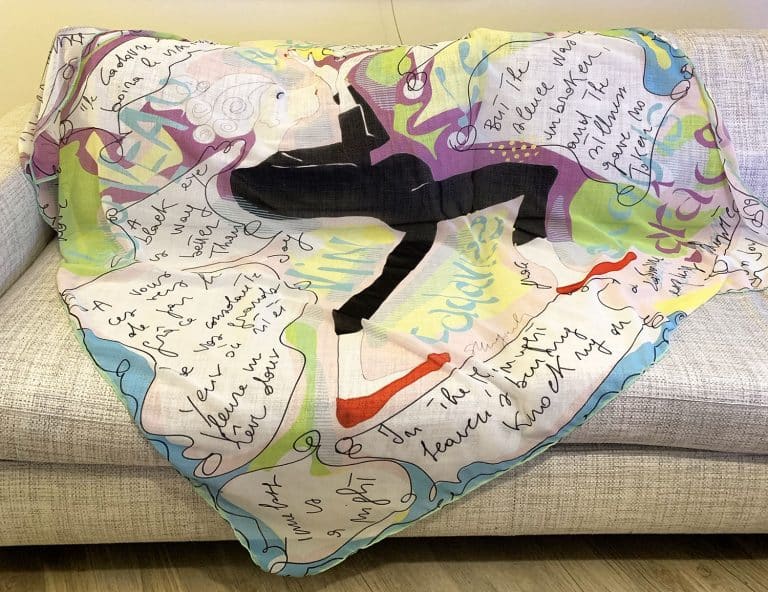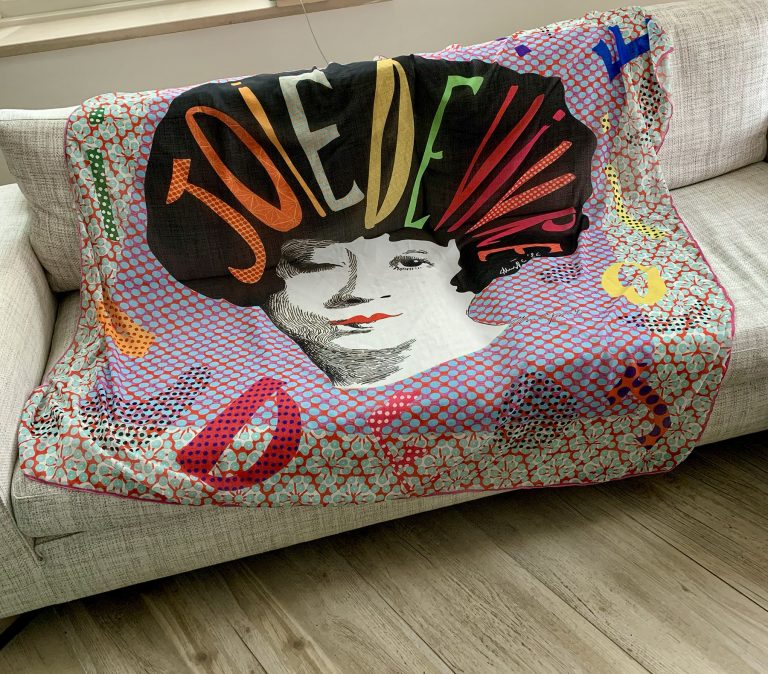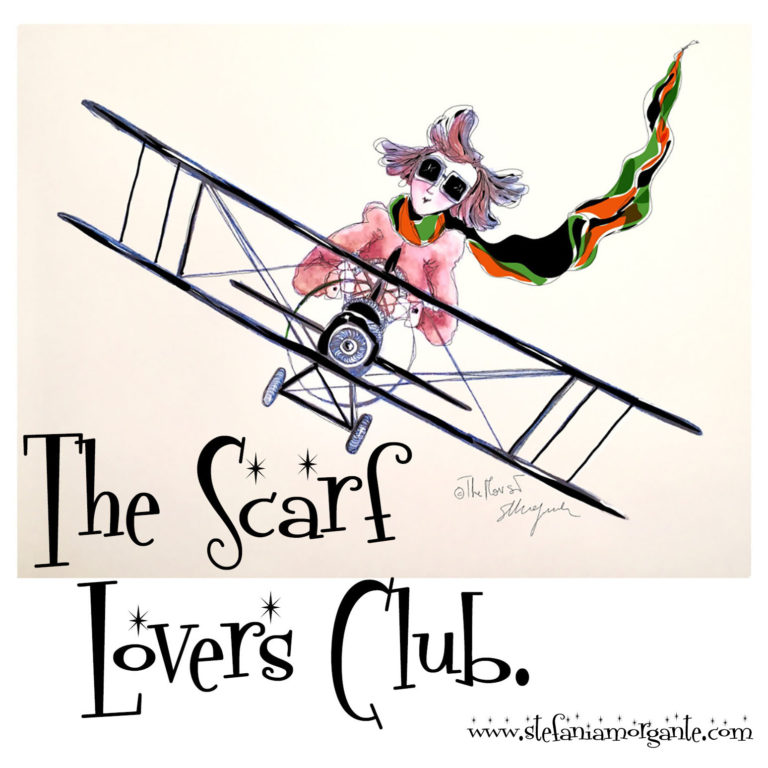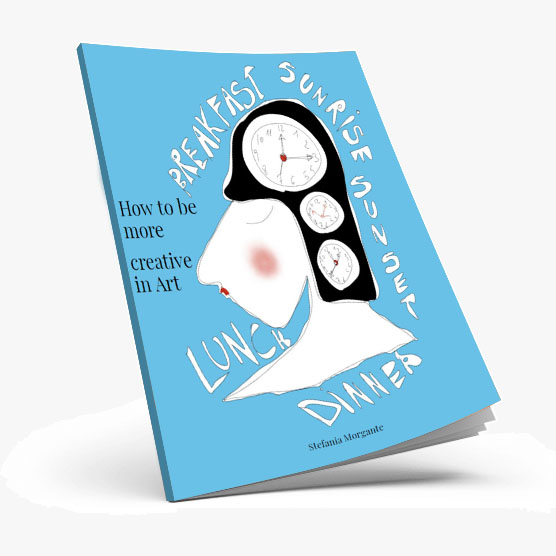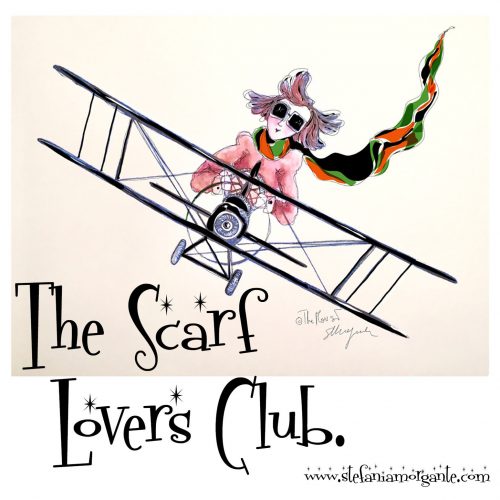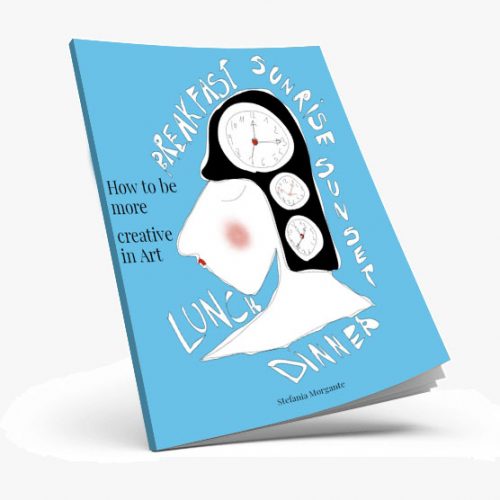Blow up is a movie about Swinging London Era but not only
Blow-up is one of Antonioni’s movies that I see countless times.
One of those movies so full of cinematic, pictorial, cultural, social, intellectual references that it is always new every time I see it again. Blow up is the paradigm of an era.
What Blow-up means
In photographic slang, it is the “enlargement” of an image, but in the movie it represents several levels of enlargement.
The main character of the movie, always with his camera with him, takes a series of photographs of a couple of lovers arguing in the park.
The woman does not like this intrusion and the protagonist leaves the park.
Enlarging the photos, the protagonist discovers a corpse and imagines he has a very important piece of news in his hands.
This is a level of interpretation: enlarging a real fact, looking for the truth in detail.
But as the director Michelangelo Antonioni said, “…I always distrust what I see, what an image shows us, because I imagine what is beyond, and what is behind an image is not known.“
Is there really a crime? There could be, indeed there is, because the protagonist returns to the park and sees the corpse, but the photos disappear from his studio, because distracted by the thousand commitments of Swinging London, he did not make any complaint and when the protagonist returns to the park, the corpse is no longer there.
Blow-up and the Swinging London
Michelangelo Antonioni photographs a place and a era very well: London and its frenzy in changing costumes, music, fashion, art.
A total cultural renewal in every field. Frenetic rhythms, energy, internationality.
Thomas, the protagonist (David Hemmings), is a fashion photographer.
Around him beautiful and independent models. His days are endless among festivals, beauty, cultural meetings.
His camera captures every moment with the coolness of the lens.
The camera focuses on reality, yet the same reality is always elusive: what is real and what is representation of reality we do not know and neither does he.
We follow the flow and try to focus reality.
But the more we go into detail, the more reality escapes, it evaporates.
The movie as cinema is a representation of reality.
The photocamera is an interpretation of reality.
The eye of the protagonist is a point of view of reality.
The story itself told in Blow up is a cross-section of reality.
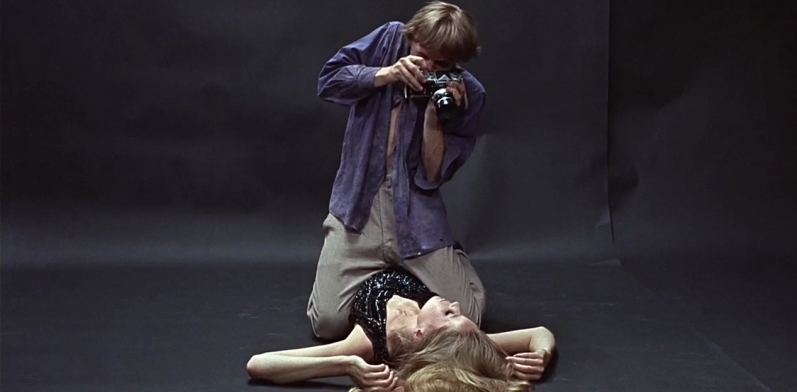
Blow up and the beginning of the end of an era
Blow up is a film that identifies a specific social time, that of the second half of the sixties.
But it also declares its end.
The emotional, energetic and innovative charge of the sixties is coming together in a different reality: soon there will be Hippies, drugs, the research of inner peace through meditation, oriental doctrines, youth movements against war, power and oppression.
A symbolic gesture of this end of an era, is made by the protagonist who collects a piece of guitar at the end of a concert where musicians break musical instruments. He does everything he can to get that piece, but at the exit he throws it away, no longer finding a meaning.
The world changes and the movie tells us that it doesn’t go in one direction.
The experiences, though collective, are filtered through our subjectivity.
Human beings pretend to live, invent a new reality all the time, until this enlargement breaks down reality and it disappears completely.
Blow-up reality and representation
In the final scene of Blow-up there is a tennis match played by two mimes.
The audience watches and turns their heads on one side and the other side as if it were a real game.
One of the mimes gives a stronger blow from the racket and the imaginary ball goes off the court.
The protagonist picks up this imaginary ball and throws it into the field, the game can continue.
Thomas (David Hemmings) could have interrupted this imaginary flow, but he doesn’t.
Metaphorically it could be the acceptance of whatever reality you are facing, without having to rationalize everything.
Blow-up and fashion
It’s the era of Mary Quant‘s miniskirt, Carnaby street, Twiggy and Veruschka, The Beatles, Marianne Faithfull, The Who, David Hockney…
Michael Caine, the famous actor, says of that era: “We didn’t know then that we were the center, the engine of that perfect storm. We were just trying, desperately, to be better. We were so ambitious that we tried so hard to do what made us happy.”
Fashion is the invention of new shapes, dimensions and colours.
New materials are experimented with and the border between men’s fashion and women’s fashion becomes thinner.
The scarf is used by both sexes and is an accessory that completes a look.
It was born in France but it is used by all the stars and VIPs around the world.
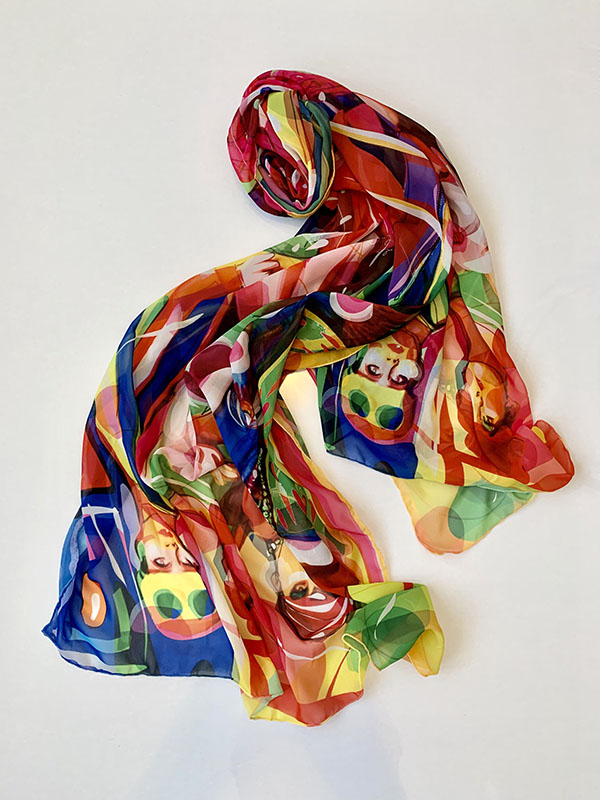
Blow-up movie scarf
In this cultural context of the sixties, together with my love for Antonioni‘s movies, I designed a pair of scarves inspired by Blow-up.
A square scarf and a rectangular scarf.
The moment captured in the film Blow-up is Thomas’ photo shoot of a group of models.
It’s the fleeting moment in which the clothes are presented in their maximum beauty.
Thomas photographs and makes the models even more beautiful.
The color is accentuated, amplified, expanded.
The Blow-up scarf communicates that moment, the reality fixed for a moment.
But it’s not photography, it’s drawing on fabric.
Yet another reality, yet another magnification of a moment that escapes.
A scarf for Antonioni, we could say.
Or perhaps a scarf that makes us nostalgic.
Surely it’s an immortalized frame, as the protagonist Thomas would have liked.
